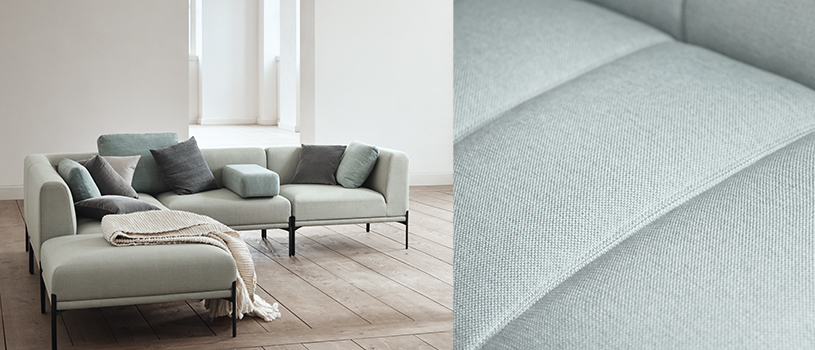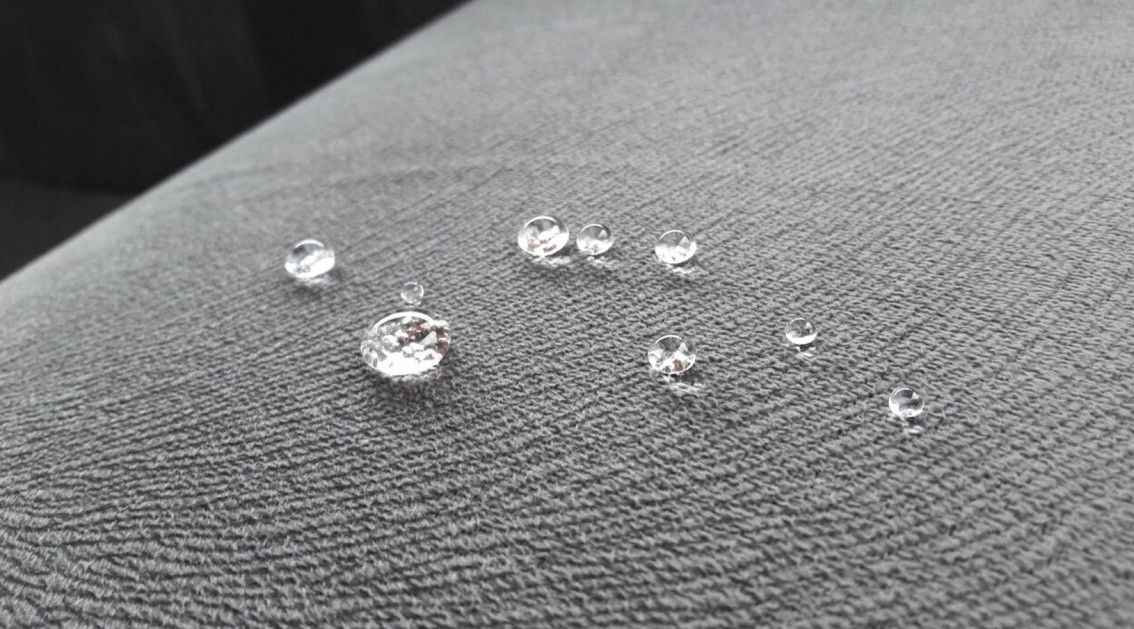Decoration
January 24, 2021
Waterproofing fabric: why you should do it

The waterproofing of fabric products usually gets forgotten, which ends up damaging it more quickly. Learn how and why you should do it.
The waterproofing of fabric products tends to be an option. The truth is that it is, but it speeds up the probability of damaging such products. Please don't take this risk and know the importance of waterproofing them as soon as possible.
The procedure is quick and straightforward, so there is no reason not to do it. In the end, what the waterproofing does is to prevent the dirt (including liquid one) from penetrating the fabric, damaging it.
That is one of the cares to have in fabric sofas, for example. In doing so, a kind of protective resin is created, which prevents any dirt's penetration.
The advantages of waterproofing
The main advantage is already known. The fact of preventing the penetration of liquids is an added value. Thus, it becomes impossible to damage the fabric itself, which ends up lasting much longer.
The impermeabilization of fabric avoids, therefore, stains caused by drinks or food. Besides, the process also prevents terrible odors that may arise and prevents the entry of dust or other particles.
But the advantages of the waterproofing process don't stop there because it can also prevent fungus and mold. It's rare for them to appear, but the truth is that they can cause skin diseases when they're in contact with it.
It's undeniable, yet, to refer to the durability and resistance that this process offers to fabric products. By preventing them from being damaged, they last much longer and don't need significant maintenance and don't end up replaced.

How to waterproof fabric
Sofas are the most common furniture when it comes to this process. The same happens with other pieces, such as armchairs. Of course, waterproofing doesn't replace a good cleaning routine.
That is a process that should be part of this same routine. And there are several ways to waterproof fabric products. The truth is that you can do it at home or hire a specialized company.
If you choose the first option, you should, in the first place, buy your product. You find waterproofing products in any specialty store.
Regardless of the brand, you'll almost certainly find specific instructions for waterproofing on their packaging. You must follow them so as not to damage the fabric during the process.
But don't be hasty in your choice, because there are products that prevent, for example, the penetration of wine, while others don't. Read the packaging carefully before proceeding with the purchase.
If you prefer, you can always contact a company specialized in fabric cleaning and waterproofing to carry out the task.

When to do the waterproofing
According to the waterproofing products' description, you should repeat the process regularly.
However, it would be best if you didn't do it immediately. First of all, you must clean the fabric product (or products) you want to waterproof. By saying this, we want to explain that the cleaning routine is essential and should precede any waterproofing process.
As such, ensure that you clean the products regularly. Eliminate any visible dirt. Brush and vacuum the fabrics concerned and make sure that no stain is left behind.
It's very important to eliminate any stains that already exist on the fabric you want to waterproof. If you don't, you'll almost certainly never clean them again.
Only at the end, after cleaning and vacuuming the fabrics in question, you should start the waterproofing. If you invert the processes, you will create such a protection resin that you won't let anything be cleaned underneath it in the same way you don't let anything penetrate it.
Pay close attention to this order. Even if the waterproofing is not part of your fabric products' cleaning routine, it must be included once or again. The important thing is never to reverse the processes.






 Portugal Continental / EN
Portugal Continental / EN




